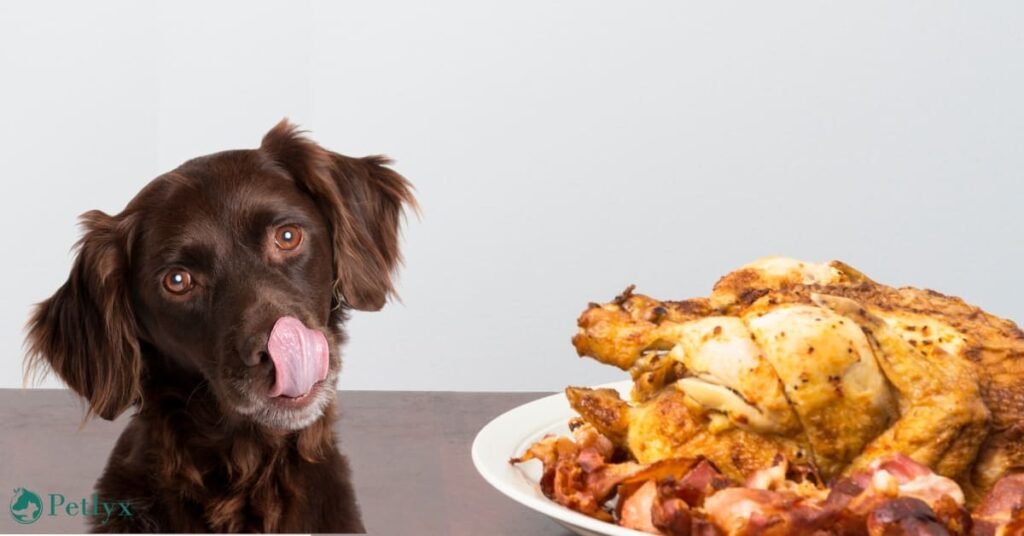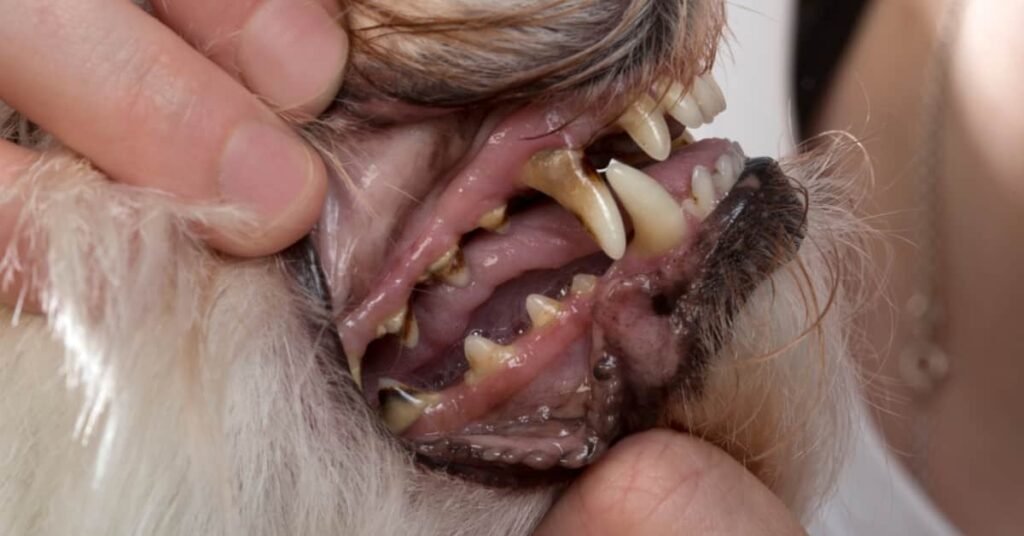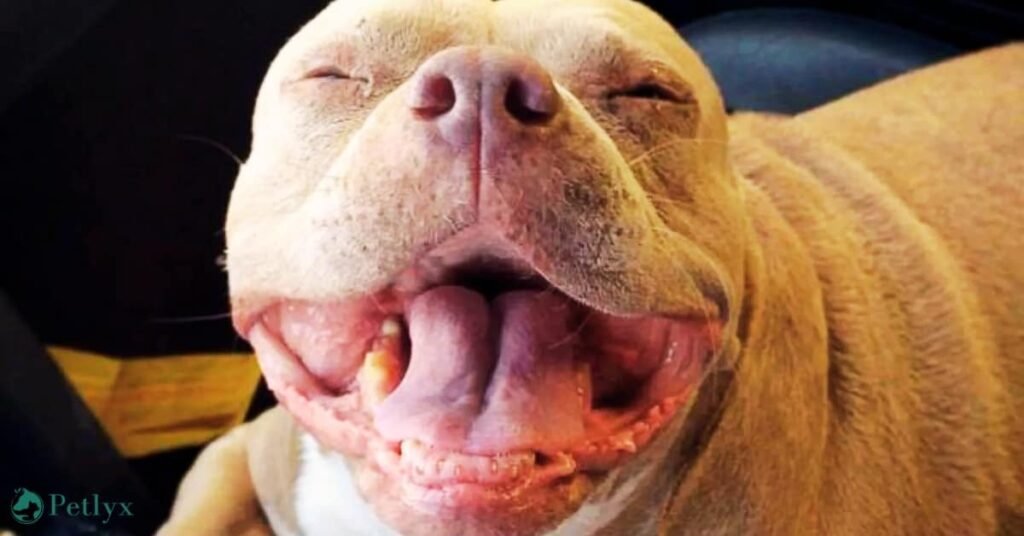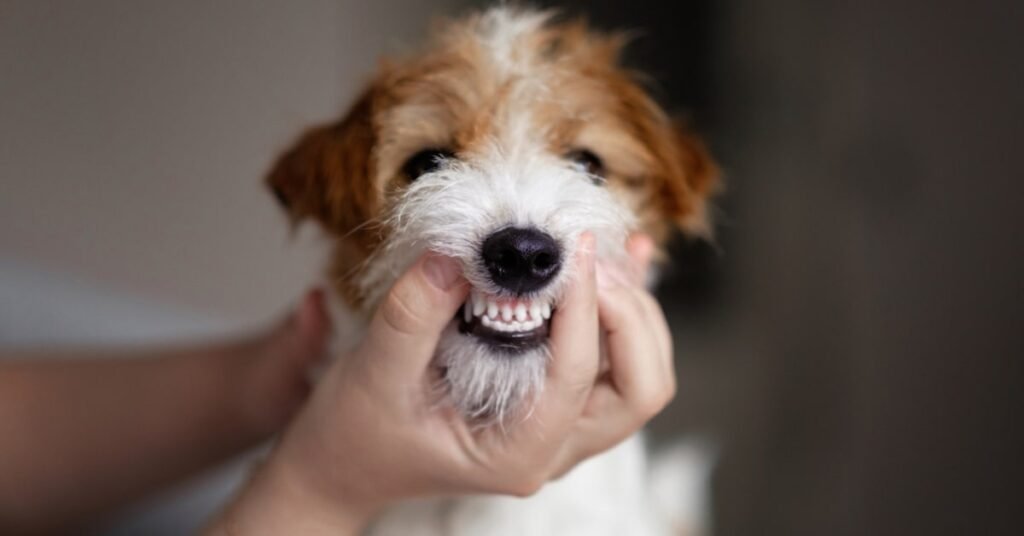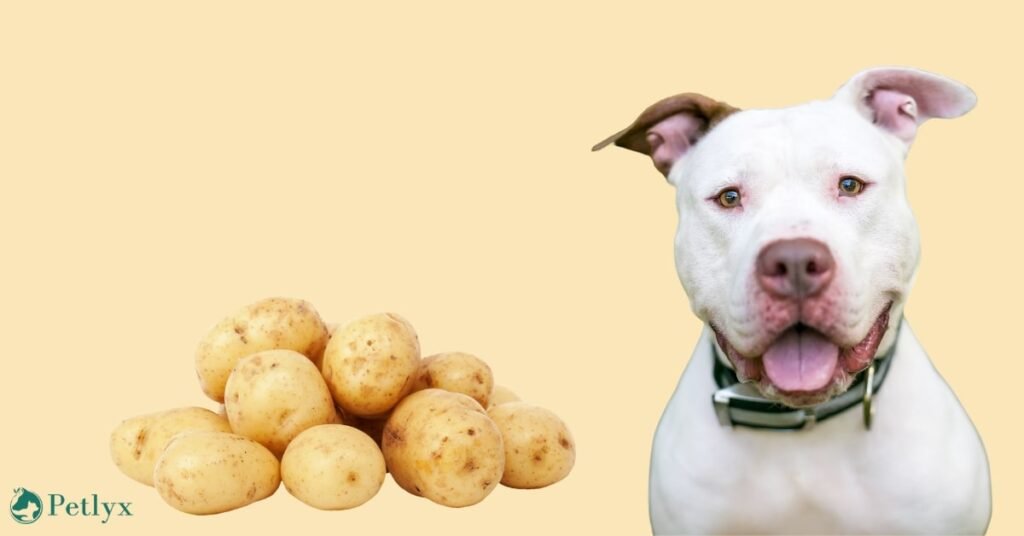Have you ever wondered what goes on inside your dog’s mouth? Dental health is very important for dogs as it can drastically affect their health and appetite. Poor oral health can cause bacteria to enter the bloodstream, leading to many health complications. Knowing how many teeth do dogs have is essential to maintain good oral health for your dogs. So let’s begin by finding out how many teeth dogs have!
How Many Teeth Do Dogs Have In Their Mouth?
An adult Dog usually has 42 sets of teeth in its mouth, 20 on the upper jaw, called the maxilla, and 22 on the lower jaw, called the mandible. All adult dogs should have a full set of 42 teeth in their mouth. If your dog has less, then it is possible they broke the missing teeth while carrying things, chewing something hard, or maybe during a fight with another dog. There could be many reasons why your dog is missing a tooth, including health issues, so you should consult your vet in case you find your dog missing some teeth.
A dog usually starts growing permanent teeth from 3-7 months of age and has more teeth than humans. Humans have 32 teeth in total, which is 10 less than an adult dog.
How Many Teeth Do Puppies Have?
Dogs generally have 28 temporary teeth – these are referred to as deciduous teeth – that should erupt in the young dog’s mouth when it is approximately between the ages of three to six months. These teeth include:
- 12 incisors (6 on the top and 6 on the bottom)
- 4 canines (2 on the top and 2 on the bottom)
- 12 premolars (6 on the top and 6 on the bottom)
In the baby teeth set, puppies do not have molars at all. At approximately six months old, these baby teeth get replaced by permanent teeth, and the final number of teeth an adult dog will have is 42.
4 Types of Dog Teeth
Just like humans, Dogs teeth are divided into 4 types which are:
- Incisors
- Canines
- Premolars
- Molars
Each tooth type serves a different purpose and is vital for dogs. Let’s discuss them in detail.
1. Incisors
Incisors are small teeth located at the front of dogs’ mouths. Dogs have 12 incisors in total, 6 on each side of the top and bottom jaw. Incisors are not used for chewing but for other tasks, such as scraping, grooming, nibbling, or grabbing things. These teeth are essential for dogs as they allow them to scrape meat off bones, remove debris from their fur, and do many other similar tasks.
2. Canines
Canines are located just behind the incisors. They are long, pointed teeth, often called “fangs.” Dogs have 4 canines in total, 2 on the top jaw and 2 on the bottom, 1 on each side of the jaw. As you can imagine, canines are crucial for dogs as they allow them to grip, tear, and puncture their prey, things, or food. Canines play a vital role in a dog’s ability to hunt or defend itself against foes. By using their canines, a dog can tear and eat meat easily. Canines are also the most prominent teeth in a dog’s mouth, which gives them a fearful look.
3. Premolars
Premolars in dogs are found further inside just before canines and are used for shearing, cutting, and grinding food. Dogs have 16 premolars in total: 8 on the upper jaw and 8 on the lower jaw, with 4 on each side of the jaw. Premolars are essential for chewing and grinding food. They help break food into smaller pieces that can be swallowed and digested easily.
4. Molars
Molars are large flat teeth located at the back of a dog’s mouth behind premolars. These teeth are used for grinding and crushing food, especially harder things like kibble or bones. Molars are very important for breaking food into smaller pieces. Especially harder substances. A dog usually has 10 molars. Some breeds can have up to 12 molars. A usual adult dog has 4 molars, 2 on each side of the upper jaw, and 6 molars, 3 on each side of the lower jaw.
Can Dogs Lose Teeth?
Yes, dogs can lose teeth for many reasons. An adult dog should have 42 teeth in their mouth and if your dog is missing some, it means it has lost, in which case you should contact your vet to find the reason and solve any possible health complications. Some of the reasons why a dog can lose teeth are mentioned here:
1. Periodontal Disease
This canine oral disease affects teeth’s surrounding tissues, as well as the gums, periodontal ligament, and bone. It is mainly caused by the deposition of plaque—a soft, sticky film of bacteria that forms on the teeth and becomes tartar if not removed by regular cleaning. It can lead to teeth lose in dogs.
When not attended to, periodontal disease results in the formation of various infections and can spread to the heart, liver, and kidneys, among other organs. Periodontal disease in dogs can be controlled and avoided through proper dental checkups, cleaning by a professional groomer, and proper home care.
2. Accident Or Trauma
Teeth can be lost due to accidents or trauma when eating or chewing hard stuff. Chewing things like bones and toys can lead to mouth injury and possible teeth loss. Other reasons can include sudden accidents like your dog hitting its mouth against the door, which might result in teeth loss. You should always keep a close eye on your dog so it does not chew on something dangerous and keep it safe from such accidents.
3. Tooth Decay
Tooth decay is one of the leading reasons for teeth loss in pets. Teeth decay happens when your dog’s oral health is poorly managed. Your dog uses its mouth for many things ranging from grabbing stuff to eating food. All this takes a toll on its dental health and can lead to tooth decay resulting in teeth loss. You should pay regular visits to your vet for dental check-ups and maintain proper oral of your dog!
How To Prevent Tooth Loss in Dogs
The best way to prevent tooth loss in your dog is to maintain proper dental health. Regularly clean your dog’s teeth and take them to the vet for dental check-ups. Never delay a dental problem, as it only gets worse. If you catch weak, wiggly teeth or signs of tooth decay, immediately contact your vet.
Conclusion
Now you know how many teeth do dogs have. Having proper knowledge about dog’s teeth is essential to maintain proper oral health. Always consult your vet regarding things you do not understand, and take your dog to your vet for regular health checkups so that your little furry friend can remain healthy and happy at all times!

